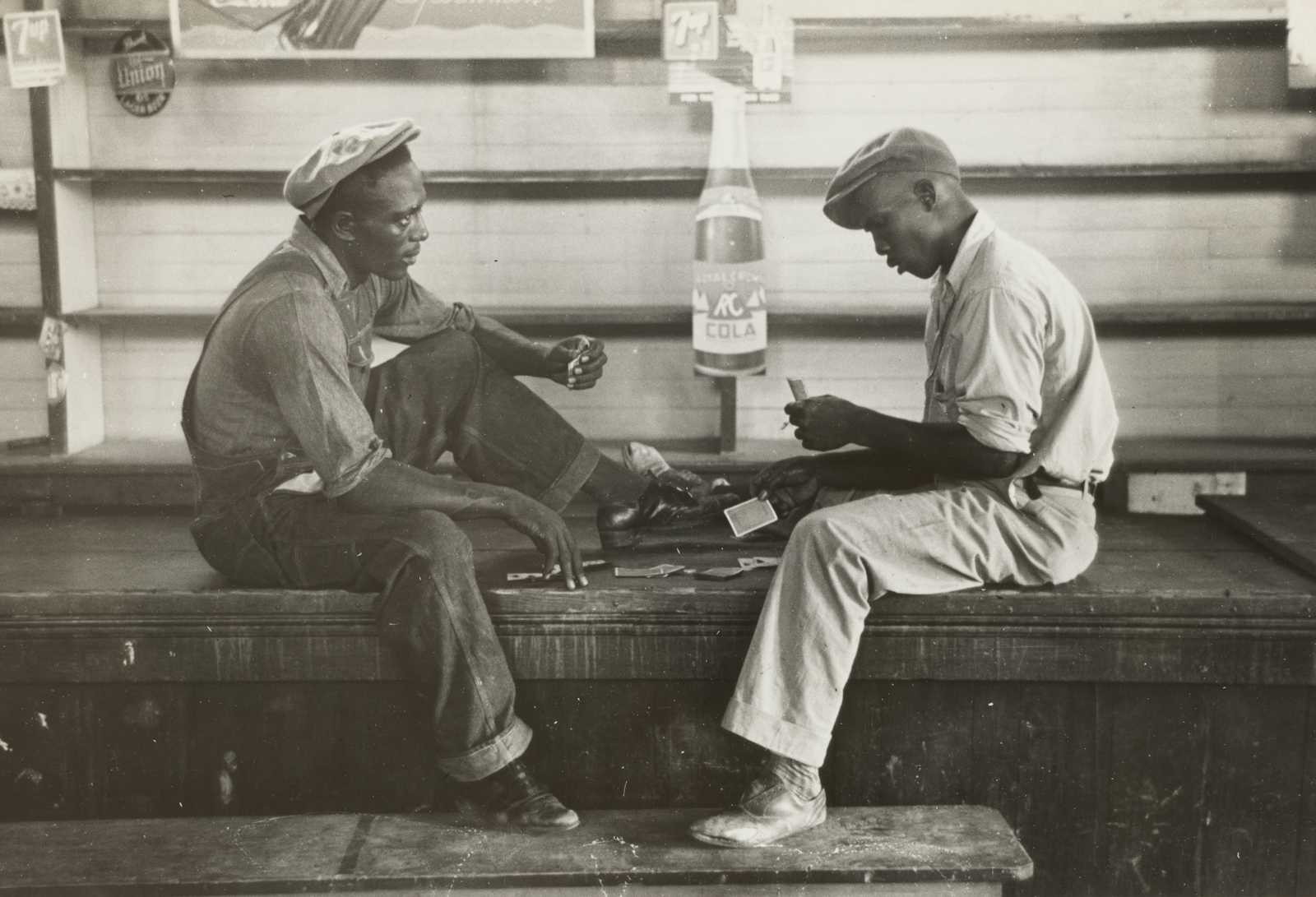Hand and Foot
 Brett Rowberry
Brett Rowberry
Hand and Foot is a card game. The object of the game is to get the most points. Points are awarded by creating groups of cards with like values (e.g. all 4's) called "books" 📕. 3's don't participate in books 📕. During their turn, a player draws 2 cards, works on their books, and then must discard 1 card.
In the variation played in my family, when points are totaled at the end of the game, black ♠️♣️ 3's in hand deduct 0 points while red ♥️♦️ 3's deduct 300 points. To free up their hand and mind, players often create a pile for their 3's, since they generally are the first choice for discarding. Without a system to the pile, when the time comes to discard, a player must search the pile for a red ♥️♦️ 3. Ask me how I know 🤦♂️.
Here's where a data structure and algorithm come in very handy 💡. If a player adds red ♥️♦️3's to the top of the pile and black ♠️♣️ 3's to the bottom, discarding the top card will always reduce the count of red ♥️♦️3's until none are left!
What I've described is known as a double-ended queue since:
red ♥️♦️3's are inserted on the top ⬆️
black ♠️♣️ 3's are inserted on the bottom ⬇
with output-restricted dequeue (only dequeue from the top ⬆️).
See https://en.wikipedia.org/wiki/Double-ended_queue for more details.
Subscribe to my newsletter
Read articles from Brett Rowberry directly inside your inbox. Subscribe to the newsletter, and don't miss out.
Written by

Brett Rowberry
Brett Rowberry
I like programming (at work) and learning for fun. You'll often find me cooking and working on my house in my spare time.